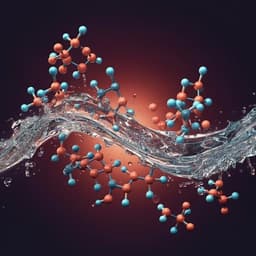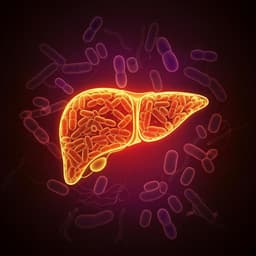
Environmental Studies and Forestry
Enhancing the explanation of household water consumption through the water-energy nexus concept
Z. Li, C. Wang, et al.
This groundbreaking study by Zonghan Li, Chunyan Wang, Yi Liu, and Jiangshan Wang explores the critical water-energy nexus to enhance our understanding of household water consumption. Through advanced modeling techniques, including XGBoost, their research unveils that integrating energy-related features vastly improves explanatory power, offering fresh insights for sustainable resource management.
Playback language: English
Related Publications
Explore these studies to deepen your understanding of the subject.







